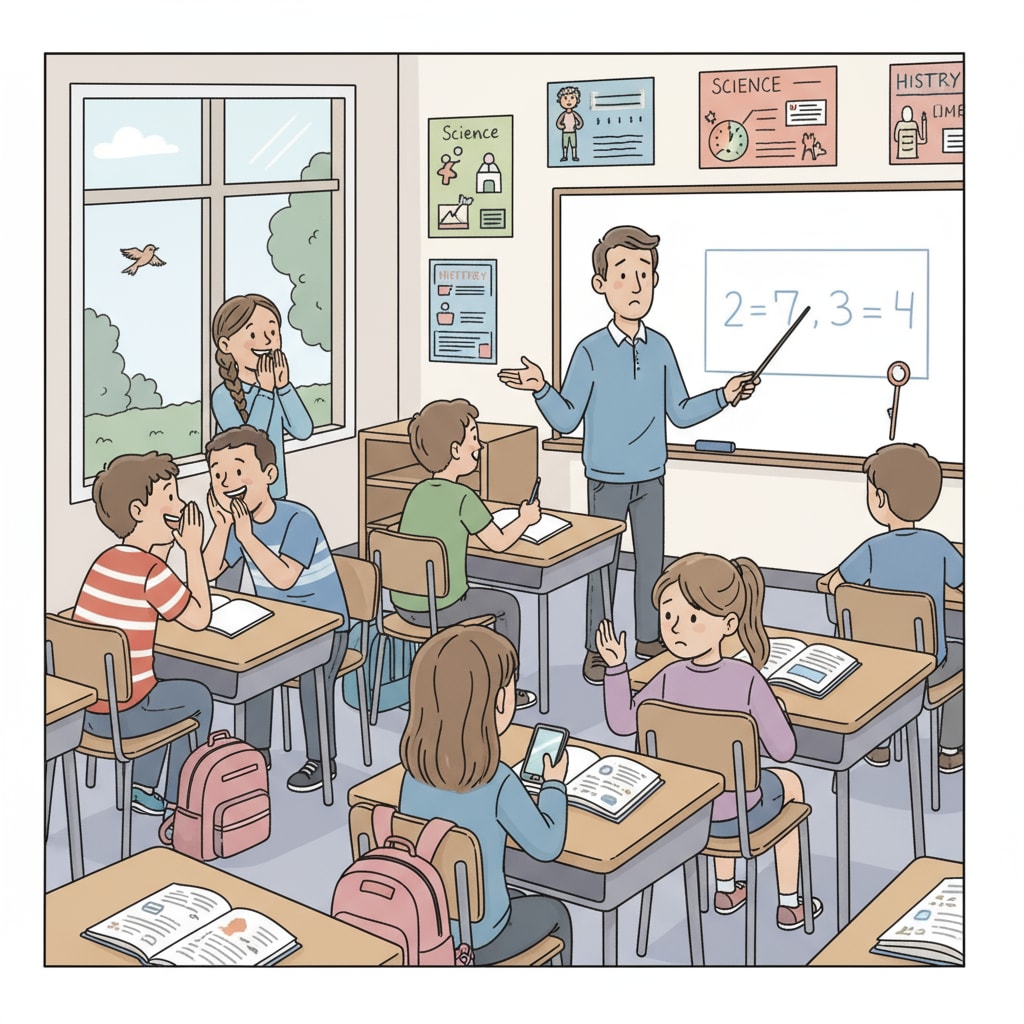In the realm of middle school education, the teaching dilemmas of students not following instructions, along with considerations of special education and effective teaching strategies, have become significant concerns. In English classes, a common sight is students struggling to understand and act upon classroom instructions. This not only disrupts the teaching process but also hinders students’ learning progress.

For instance, a teacher might ask students to form groups and discuss a given topic, but a notable number of students remain seated, seemingly oblivious to the task at hand.
The Root Causes of the Dilemma
One of the primary reasons for this issue is related to students’ cognitive development. Middle school students are at a stage where their cognitive abilities are still evolving. They may have difficulty processing complex instructions, especially if they are presented in a rapid or unclear manner. Additionally, language barriers can also play a part, especially in English classes. If students do not have a strong grasp of the English language, understanding instructions becomes a formidable challenge. Another factor could be the teaching environment. A noisy or distracting classroom can make it hard for students to focus and listen attentively to the teacher’s instructions.

Special Education Perspectives
Special education offers valuable insights into this problem. Students with learning disabilities or attention disorders may require additional support to understand and follow instructions. Teachers can learn from special education techniques, such as using visual aids, breaking down instructions into smaller steps, and providing more repetition. For example, in a special education classroom, teachers often use picture cards to illustrate instructions, making it easier for students to comprehend. By applying these methods in regular middle school classrooms, teachers can better meet the diverse needs of all students.
Furthermore, individualized education plans (IEPs) developed in special education can serve as a model. Teachers can assess each student’s capabilities and create personalized learning plans that take into account their unique learning styles and challenges. This way, instructions can be tailored to each student, increasing the likelihood of them being understood and followed.
Readability guidance: As we’ve seen, understanding the root causes and leveraging special education perspectives are crucial steps. Next, let’s explore effective teaching strategies to address this issue.
Effective Teaching Strategies
One practical strategy is to use simple and clear language when giving instructions. Teachers should avoid using jargon or complex sentence structures. Instead, they should speak slowly and enunciate clearly. In addition, using visual cues like gestures, charts, or diagrams can enhance understanding. For example, if a teacher wants students to line up, they can use a hand gesture to indicate the direction. Another strategy is to provide examples. Before asking students to complete a task, showing them a sample of what is expected can make the instructions more tangible. For instance, in a writing assignment, showing a well-written paragraph can give students a better idea of the requirements.
Moreover, creating a positive and organized classroom environment is essential. A calm and orderly classroom helps students focus better. Teachers can establish clear rules and routines from the beginning of the school year. This consistency makes it easier for students to anticipate what is expected of them and follow instructions accordingly.
In conclusion, by understanding the reasons behind students not following instructions, drawing on special education concepts, and implementing effective teaching strategies, teachers can break through this teaching bottleneck. This will not only improve the classroom experience but also enhance students’ learning outcomes. Understood.org on Learning and Attention Issues TeachThought’s Strategies for Effective Instruction


